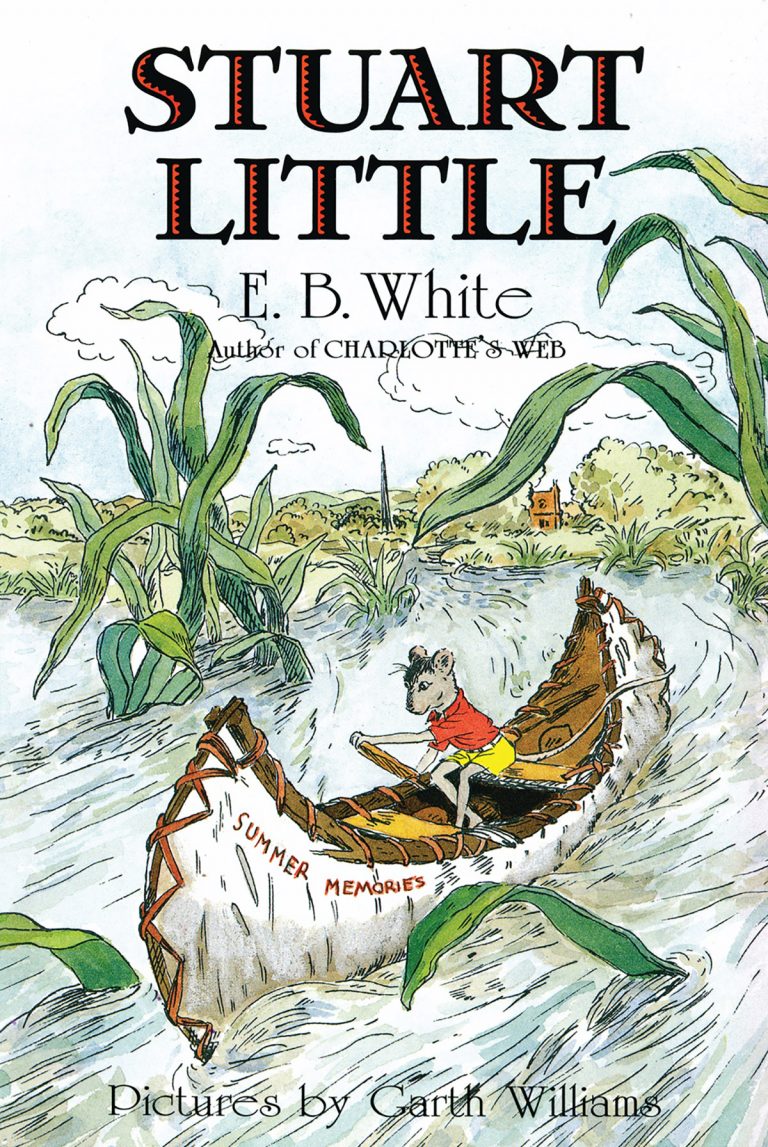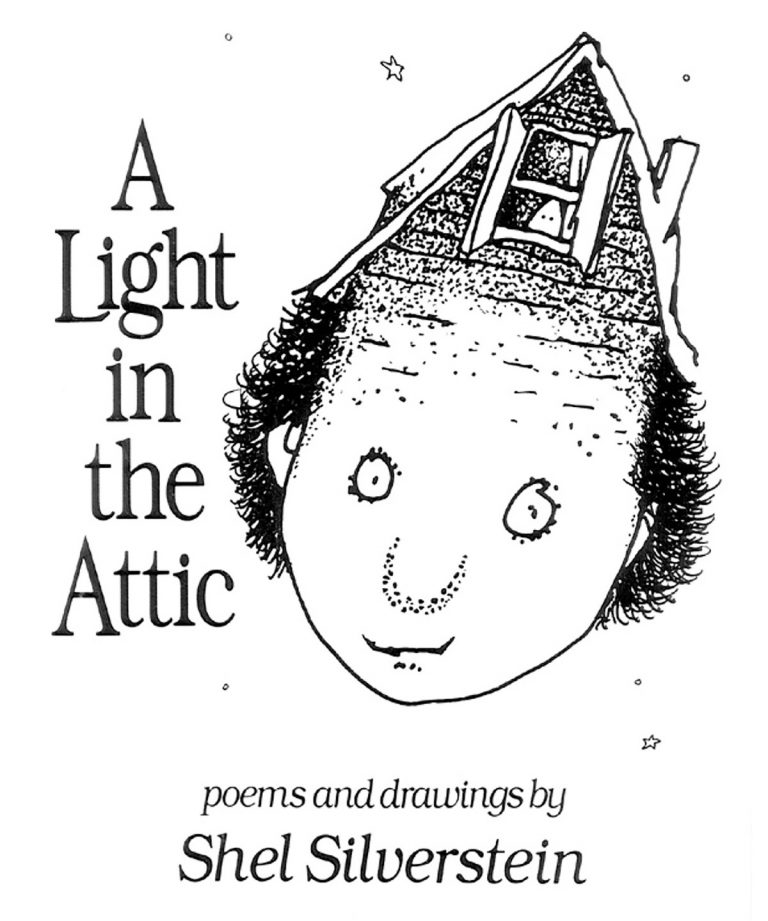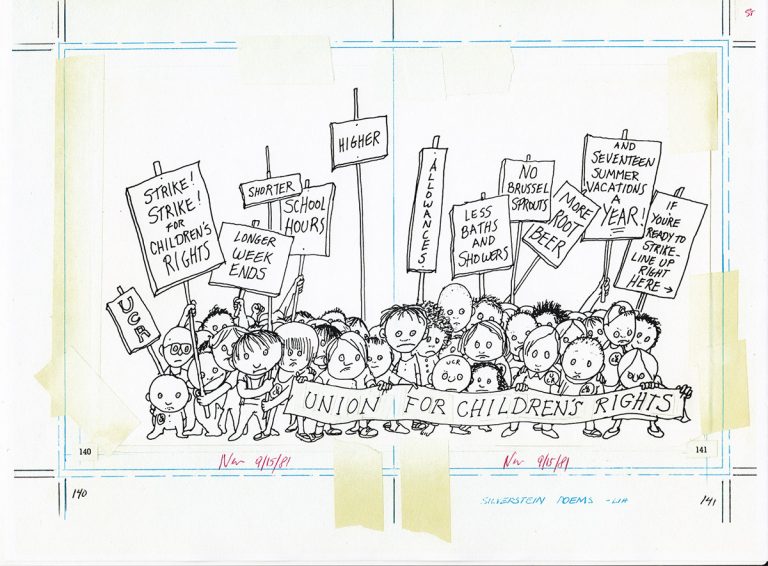Explore significant moments in HarperCollins history
Ursula Nordstrom
When Anne Carroll Moore, the powerful and opinionated superintendent of children’s work at the New York Public Library, asked Harper & Brothers editor Ursula Nordstrom why she felt qualified to produce children’s books, Nordstrom said only this: “Well, I am a former child, and I haven’t forgotten a thing.”
Nordstrom took the world of children’s literature into an exciting new era. Under her supervision, for the first time, children’s books dealt with issues such as divorce, puberty, loneliness, alcoholism, race relations, unwanted pregnancy, and homosexuality—and handled these issues with skill and sensitivity.
A “painfully shy young woman,” Nordstrom joined Harper & Brothers in 1931 as a clerk in the college textbook department. She became an assistant in the children’s book department in 1936, department head four years later, and in 1960 came to be the firm’s first female vice president, continuing as senior editor with her own imprint until 1979. Nordstrom nurtured authors and illustrators such as Maurice Sendak, Ruth Krauss, Shel Silverstein, Tomi Ungerer, Laura Ingalls Wilder, and E. B. White, as they produced moving, unforgettable, award-winning work.
Nordstrom had a simple philosophy regarding new authors. As one colleague said, “Anyone who called, anyone who got off the elevator, anyone who wrote in, could be seen and heard.” She always answered her own phone, and on hearing another ringing, would cry out, “Answer that! That might be the next Mark Twain.”





